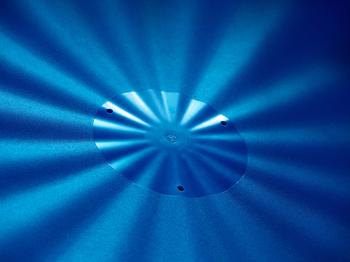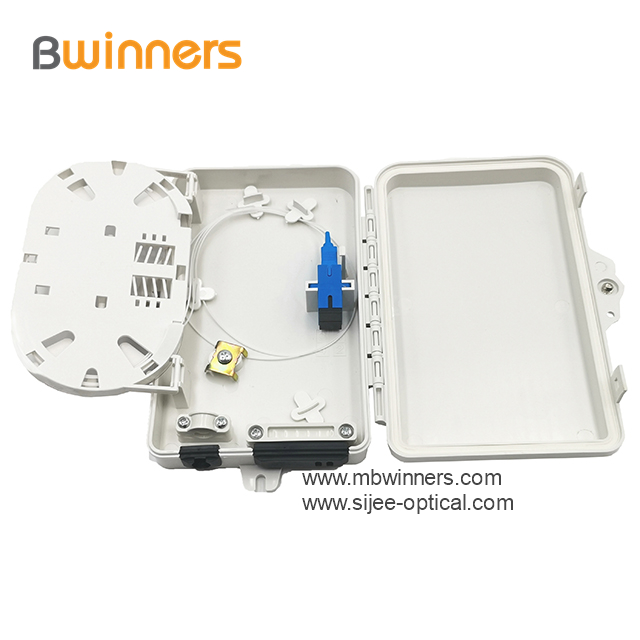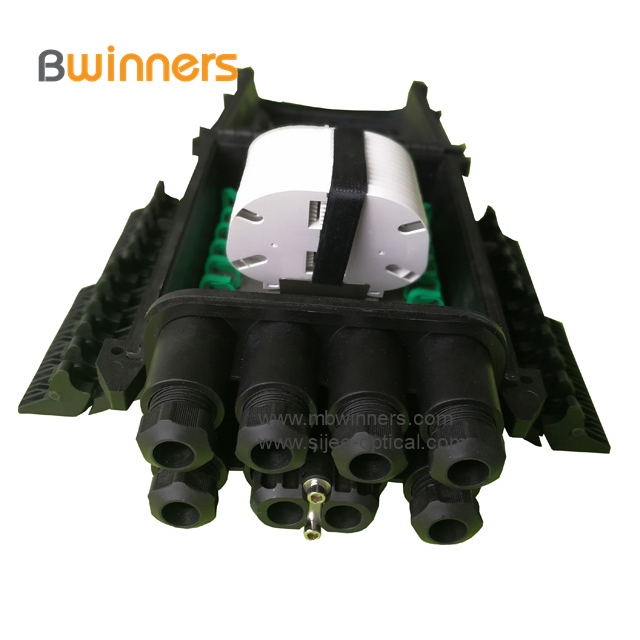 Blu-ray advantage of circadian replacement <br> <br> nature, humans and animals also will produce the same biological clock cycles, so that people's mental and physical health can only be guaranteed. If people's biological clock does not match the day-night cycle, there will be a variety of symptoms. For example, the jet lag response to travel abroad is caused by the fact that the human body clock is not synchronized with the local day and night cycle. When working at night, people's alertness will weaken. Such as the 1979 nuclear fuel reactor melting accident at the Sanri Island nuclear power plant in the United States, the explosion accident at the pesticide plant in Bhopal, India, in 1984, and the grounding oil spill accident on the Alaskan waters by the Exxon Petroleum Supertanker in 1989. These major accidents were caused by nighttime work. Personnel operation errors. Now, through in-depth studies of human and animal eye structures, neurophysiologists have discovered that in addition to the imaging system that allows us to see objects, there is a light-sensitive system that controls the body's biological clock. The discovery of this sensitization system has made it possible to adjust the rhythm of the body's biological clock to treat diseases and increase alertness at night.
Blu-ray advantage of circadian replacement <br> <br> nature, humans and animals also will produce the same biological clock cycles, so that people's mental and physical health can only be guaranteed. If people's biological clock does not match the day-night cycle, there will be a variety of symptoms. For example, the jet lag response to travel abroad is caused by the fact that the human body clock is not synchronized with the local day and night cycle. When working at night, people's alertness will weaken. Such as the 1979 nuclear fuel reactor melting accident at the Sanri Island nuclear power plant in the United States, the explosion accident at the pesticide plant in Bhopal, India, in 1984, and the grounding oil spill accident on the Alaskan waters by the Exxon Petroleum Supertanker in 1989. These major accidents were caused by nighttime work. Personnel operation errors. Now, through in-depth studies of human and animal eye structures, neurophysiologists have discovered that in addition to the imaging system that allows us to see objects, there is a light-sensitive system that controls the body's biological clock. The discovery of this sensitization system has made it possible to adjust the rhythm of the body's biological clock to treat diseases and increase alertness at night. Illuminating with blue light at night can reduce accidents. In 1920, Keller at Harvard University in the United States discovered that even when a blind mouse is exposed to natural light, the pupil shrinks. Many years later, the researchers used genetic engineering to cultivate mice with no rod and cone cells in their eyes. Both of these cells are cells essential for the generation of light in the retina of the eye. The study found that although these mice couldn't see anything, they still responded to changes in light. Under the sun's rays, they show the activities that they usually have during the day; in the dark, they show their activity during the night. However, when the eyeballs are removed surgically, their ability to respond to light disappears. This phenomenon is a common feature of mammals. For example, when exposed to light, some blind people's pupils can also shrink. These studies show that there are indeed special photoreceptors that are not associated with vision in the eyes of humans and mammals.
In 2007, Foster in the Imperial College in London discovered that when blind people with loss of rod and cone function are periodically exposed to blue light, they can still regulate the body's biological clock rhythm. The wavelength of blue light is exactly the melanin protein. Absorb the wavelength of light. Therefore, the melanin protein is apparently a phytochrome of a non-visual photosensitive system not previously known. This non-visual photosensitive system coexists with the visual system in the retina.
The discovery of this hidden organ not only enables us to have a more complete understanding of the structure and function of the eye, but also has important clinical significance. Blue light irradiation can eliminate the effects of inadaptation and lack of sleep caused by time difference response on work efficiency. If blue light lighting is used in workplaces where people work at night, people who work at night can be excited and focused, which helps prevent accidents caused by operational errors. In the evening, because the hue of computer screens is dominated by blue light, long-term use of computers can make people's spirits excited. Therefore, those who are difficult to sleep should avoid using computers at night.
New research has found that in human eyes, in addition to having a light-sensitive visual system in the retina that allows us to see the outside world, there are hidden in the eye of humans and mammals a previously unknown photosensitive organ. . This is the ganglion cell that contains the melanin protein. The photosensitive system formed by the blue-sensitive ganglion cells makes the human circadian rhythm (biological clock rhythm) consistent with the circadian rhythm, thus ensuring people's health. The discovery of this photosensitive organ also provides a new approach for the treatment of many diseases.
Blue light hazard problem <br> <br> With the accelerated pace of LED lighting popularity on its Blu-ray overflow hazardous to human eye health has aroused widespread concern. At the "2013 China International Semiconductor Lighting Application Technology Forum" recently held, some experts disclosed that China's LED lighting safety standards are expected to be introduced next year.
Although prices have remained high, LED home lighting still has not slowed down into the family. The reporters found that LED lighting products to attract consumers is not just its ultra-high energy performance and long life, many consumers value their eye protection concept. "The child is going to middle school and has to write a few hours of work every day. To protect his child's glasses, he is specifically given him an eye protection desk lamp," said Ms. Wu, a consumer. The reporter found that most of the LED desk lamps sold on the Internet focused on their effects such as “no flickerâ€, “defense against myopia†and “eye protectionâ€.
But recently, some medical and electric light source experts pointed out that many LED lamps and lanterns have serious blue light spillage problems. Over time, the retina of the human eye will be irreversibly damaged, and even serious blindness may result. The reporter learned that, in response to this problem, in January this year, the Shanghai Bureau of Quality Supervision organized inspection agencies to conduct risk monitoring on some LED lighting products. At the same time, the Bureau also for the first time "cross-border" invited experts from the medical community, universities and industry to "consult" and listen to opinions from all parties.
Dr. Zhang Shanduan, deputy director of the Institute of Electric Light Sources at Fudan University, said that the most recent example of blue light damage is the blue light of Yuba’s lamp that caused the eyes of a baby in Xi’an to be burned and eventually lead to blindness.
According to reports, in the LED light source, white light emitted by most light sources is formed by mixing a blue LED chip with a yellow phosphor, and the peak of the spectral energy is just in the blue light region. Related studies have shown that different wavelengths of blue light have different harmful effects on the human eye, and blue light between 435 nm and 440 nm is the most harmful to the eyes, and the degree of damage gradually decreases as the wavelength increases or decreases.
According to Yu Anqi, deputy director of the Shanghai Municipal Lighting Product Quality Supervision and Inspection Station and director of the Shanghai Illuminating Society, the “rich blue†environment and the normalized environment are two different concepts. However, he also stressed that it was because of the rich blue light spectrum characteristics of white LED lighting products that they had international standards for photobiological hazards, which suggested that the products should achieve safety.
Zhang Shanduan pointed out that although China's GB/T 20145-2006 “Light Bio-safety of Lamps and Lamps System†national standard has made clear provisions on the calculation method of Blu-ray harm and quantification, this standard is only recommended, and it is currently entering the LED industry. There is almost no threshold. Especially in the downstream assembly of lamps and lanterns, there are many hand-workshops in the mom-and-pop model. It is difficult to ensure quality.
Professor Tong Tongsheng of the Department of Optoelectronic Information Engineering of Zhejiang University stated that the current standard limits are based on experimental data of adults and 8-hour exposures. The long-term cumulative effects of light on the human body and certain special groups such as infants may not be considered. Will look directly at the light source for a long time, causing damage to the retina. The Light Biosafety of Lamps and Lamps System states that Type 0 (non-hazardous) and Type 1 (low-risk) products are safe to use. Shanghai Lighting Product Quality Supervision and Inspection Station collected 27 LED samples from different channels at the end of 2012. According to the IECEECTL (International Electrotechnical Commission-Laboratory Committee) resolution, the Blu-ray hazard was determined. The result is: Under normal use, 14 The samples were classified as non-hazardous category 0 and 13 as low-risk category 1 and were all within the safe range. However, if it is used in an abnormal state, ie, the front diffuser cover is removed, there is one class that has reached a dangerous level.
However, the reporter found that the current LED lamps on the market did not clearly indicate which type of blue light it was. At the 2013 China (Shanghai) International Semiconductor Lighting Application Technology Forum, experts suggested that the LED lamps sold in the market should be clearly marked what kind of standard, and who should be used with caution. At the same time, the nature of the "Photobiological Safety of Lamps and Lamps System" standard was promoted to mandatory and included in the lighting fixture certification standards.
According to Prof. Tong Tongsheng, who is responsible for the development of international standards for the safety and performance of LED technology, a new mandatory national lighting safety standard is under development and expected to be introduced next year. By then, the safety performance of all lighting products will be divided into 4 levels, and will be labeled and clearly indicated to consumers. Only Grade 0 and Level 1 are suitable for home use.
Fiber Optic Distribution Box / Fiber Splitter Box is used as a termination point for the feeder cable to connect with drop cable. The fiber splicing, splitting, distribution can be done in this box, and meanwhile it provides solid protection and management for the FTTX network building.
Material: PC+ABS,wet-proof, water-proof, dust-proof, anti-aging, protection grade is IP65.
Small Volume, For Indoor/Outdoor application. Compact structure,convenient installation and maintenance.


Fiber Optical Distribution Box (Plastic)
Fiber Optical Distribution Box,Plastic Fiber Optical Distribution Box,Fiber Optic Distribution Box,Optical Distribution Boxes
Sijee Optical Communication Technology Co.,Ltd , https://www.sijee-optical.com